Customer onboarding: 5 Awesome Real-Life Lessons
Customer onboarding
Experience is the best teacher when it comes to customer onboarding. You’ll create a plan based on customer research and what you know about your product. Once you implement this plan, you’ll really start learning what works and what doesn’t. The result is a customer onboarding process that’s perfect for your target market.
Onboarding new customers is essential to any business, but it can be tricky. You need to make sure you capture their attention and get them up to speed on your product or service quickly – without overwhelming them. In this blog post, we’ll share some real-life lessons learned from customer onboarding projects. Read on to find out what would work well.
To speed up your learning curve, here are five major lessons businesses have learned through their own customer onboarding.
Table of Contents
Break the Process into Steps
The best way to get started planning your customer onboarding process is to break it up into steps. Base each step around an action you want your customer to take. You can easily pinpoint problem areas in the process where you see customers NOT taking that action. Identify these and then refine them. Breaking it up into steps gives you more control over the whole process. You will be able to see it from the point of view of your customers.
Optimize Touchpoints
Another way to refine the process is to identify all the touchpoints you have with the customer for 90 days after purchase. Touchpoints are occasions when you have direct contact with your customer.
Examples of touchpoints are follow-up emails, the 2nd purchase, a webinar you offer online, or a social media promotion. Figure out all the points where you have direct communication and optimize these for a better experience.
Focus on Customer Needs
What you never want to have during customer onboarding is a disconnect. This is where you’re not meeting customer expectations or there’s something inconsistent.
The best way to prevent this is to pay close attention to your customers’ needs and pain points. Use these to figure out what’s not working, what’s confusing, or which elements of your process are keeping them from enjoying your products to the fullest.
Know User Customer Types
The key to delivering maximum value is to know your customers well, so get to know the different customer types in your target market. Segment your audience according to their needs, learning styles, and technical ability.
For example, some people use your product to save money, and some because of its robust features. Some have deep experience using products like yours while others are total newbies. You can meet their various needs with the right educational materials if you know the types.
Give it the Human Touch
While automation is important for scaling up, you can’t afford to forget the human touch. Personalization is an important part of the customer onboarding process. Your customer needs to know that there’s a human being available behind the process. Your responsiveness and willingness to connect on a personal level is a major factor in turning one-time buyers into long-term brand advocates.
The Goal of Customer Onboarding
As you go about planning and setting up your customer onboarding process, don’t forget that the main purpose is to get your customers to use your products. Once achieved, they should be enjoying the full benefits of your product as promised by your marketing materials. Keep yourself focused on this essential goal by following the above tips, and you’ll create the right process that’s suitable for your target market.
Want to learn more about how you can create the right customer onboarding process? Head over to the blog on 3 Ways to Learn
Please do visit https://clap.skillculture.in for excellent courses like “Above and Beyond“.

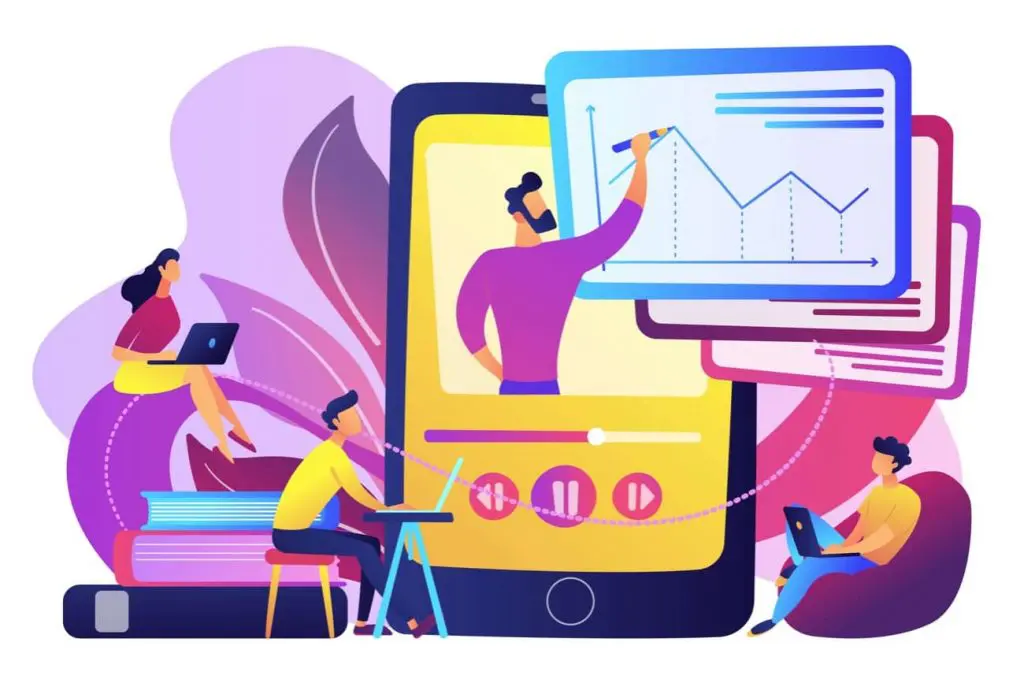
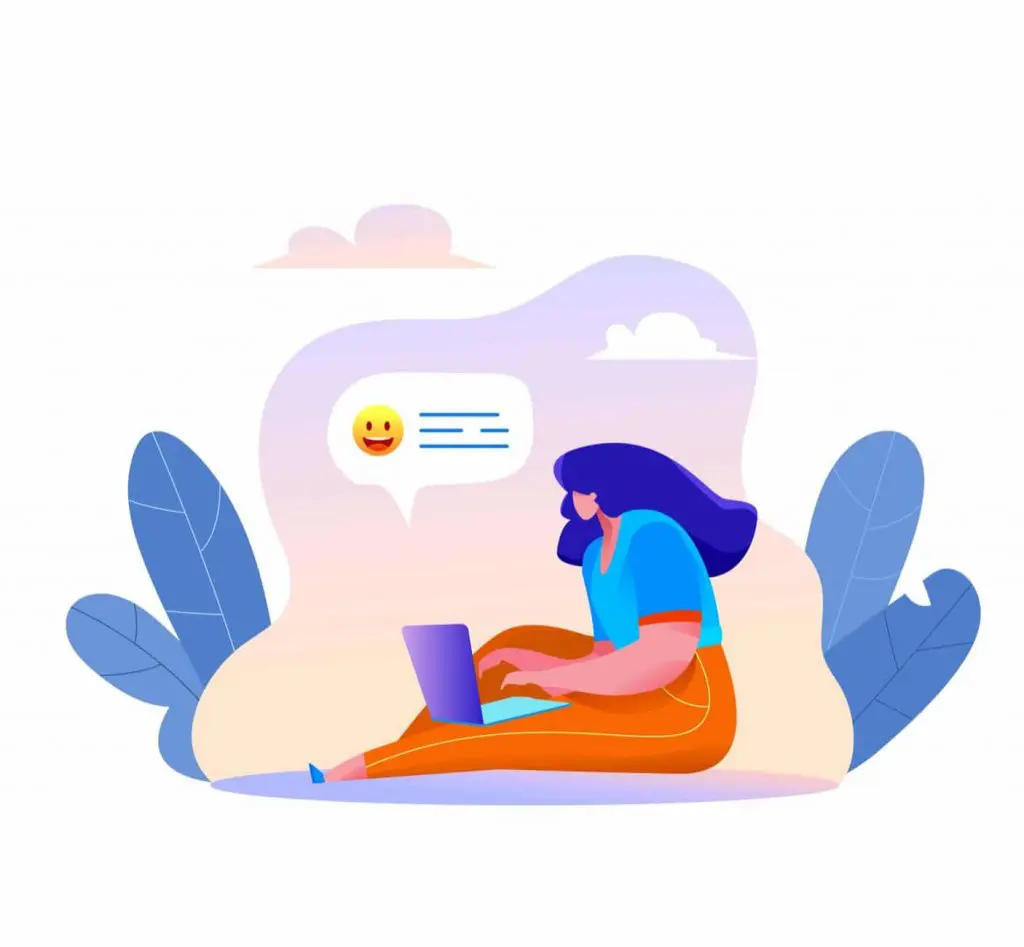
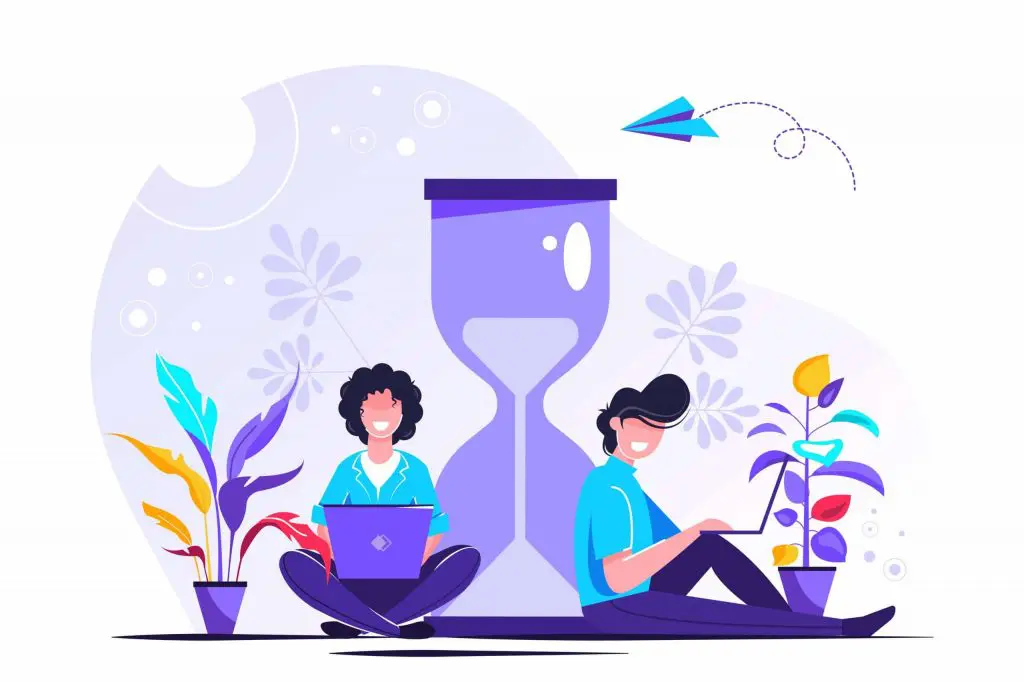
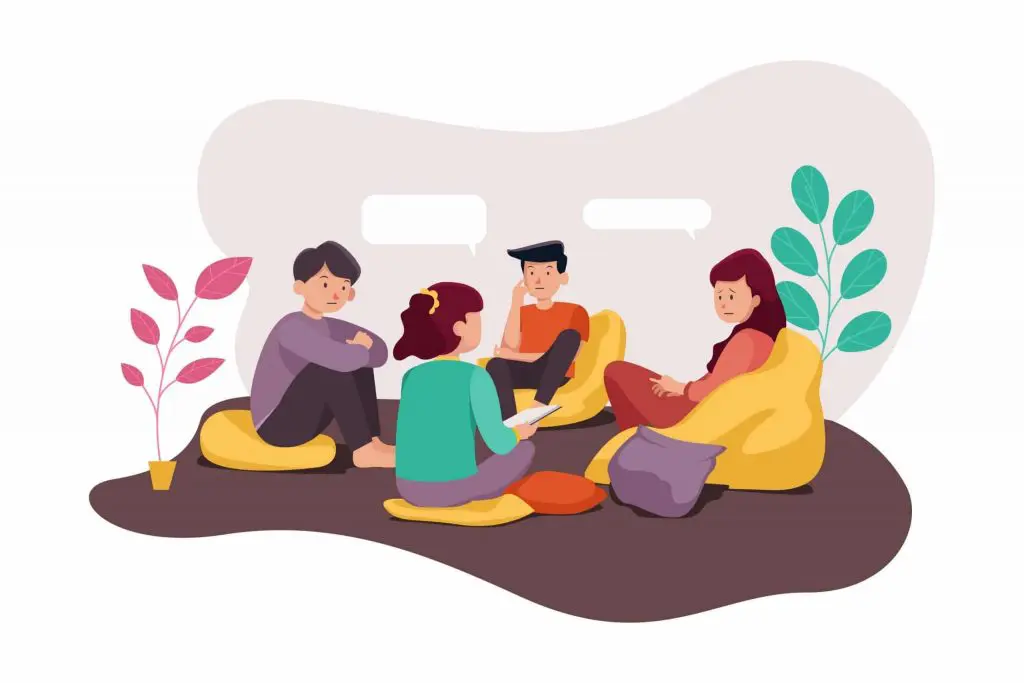
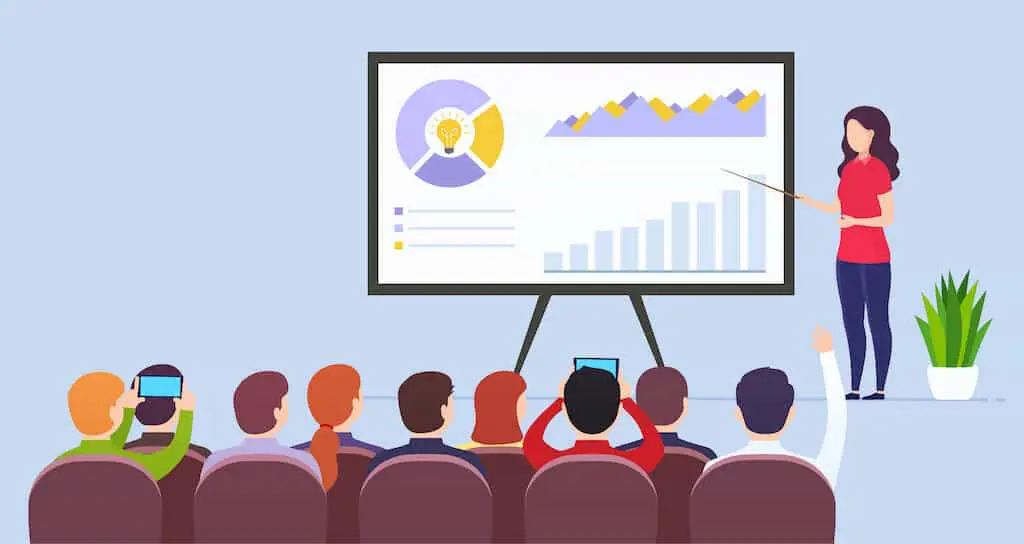
Responses